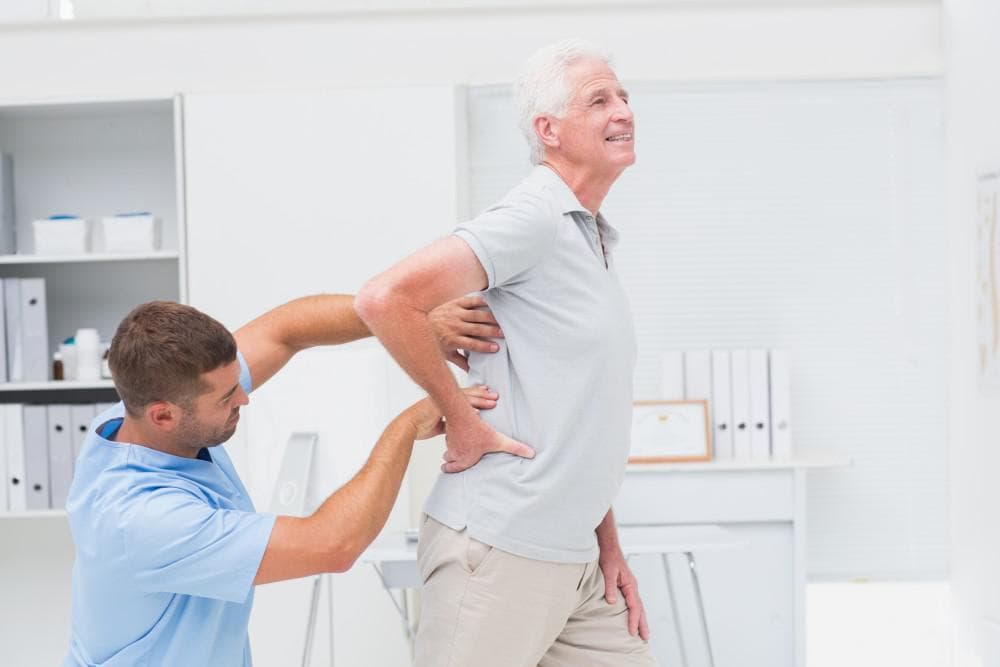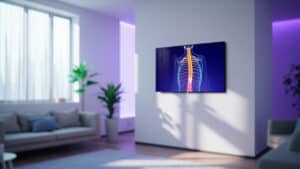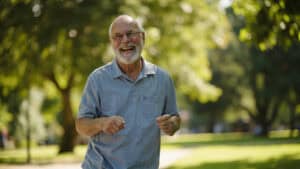Sciatica pain is caused by irritation and inflammation in your sciatic nerve path. Your sciatic nerve reaches from your lower back, through your buttocks, and down both of your legs. You’ll typically experience sciatica symptoms of pain, numbness, and tingling down just one side of your body.
Dr. Suzanne Manzi and Dr. Matthias Wiederholz, the interventional pain management specialists at Performance Pain and Sports Medicine, treat new and existing patients who are dealing with sciatica pain from locations in Lawrenceville and Raritan, New Jersey, and Houston, Texas.
Did you know that some of your daily habits could be contributing to, or even causing, your sciatica pain? Here are some habits to watch out for if you don’t want to make your sciatica worse.
Diet and weight
Typically, sciatica symptoms occur when a spinal issue puts pressure on your sciatic nerve. You may be dealing with a herniated spinal disc, a bone spur on your spine, or spinal narrowing known as spinal stenosis. In many cases, a few weeks of conservative treatment can be enough to improve your condition without surgery.
Being overweight or obese puts additional pressure on your spine. You may be able to lessen your sciatica symptoms by changing your dietary habits and losing weight.
Exercise and activity
Leading a sedentary lifestyle with lots of prolonged periods of sitting increases your risk for sciatica, and getting and staying active can help keep your core muscles strong and supportive for your spine.
Regular exercise, including targeted activities to strengthen the core muscles in your lower back and abdomen, can lessen your vulnerability to sciatica. And, if you need to sit for long periods of time, make sure you have good posture and are well-supported.
You should also know that there are some types of activity, including lifting heavy loads, frequent twists to your back, or long periods of time driving a motor vehicle that can contribute to sciatica pain.
If you need to do these types of activities for your profession or sport, talk to your provider at Performance Pain and Sports Medicine about the best way to protect yourself from sciatica. Changes to the way you warm up, move, or lift can reduce your symptoms.
Smoking
The nicotine in tobacco can actually make sciatica symptoms worse by weakening your bones and damaging your spinal tissues, so you can relieve your sciatica and avoid issues with your spinal bones and discs by quitting smoking or cutting back.
To learn more about how you can stop making your sciatica worse, get in touch with the team at Performance Pain and Sports Medicine today. Schedule your initial consultation by calling our office most convenient to you or requesting an appointment online anytime.

















